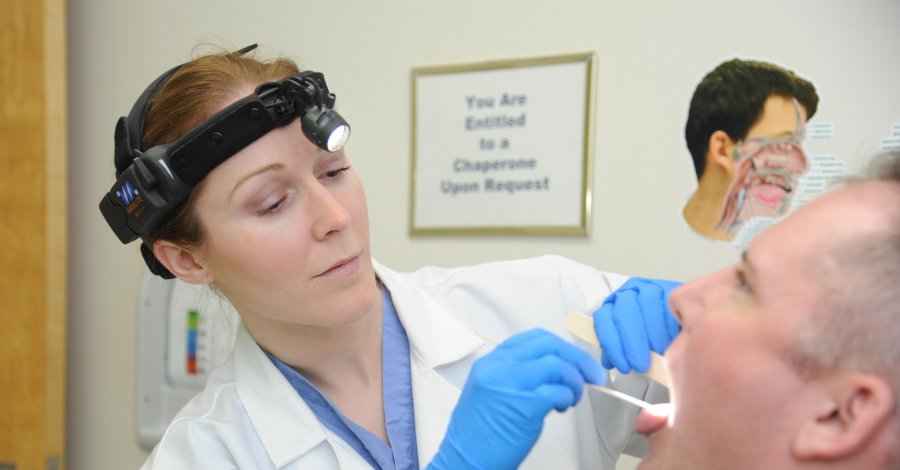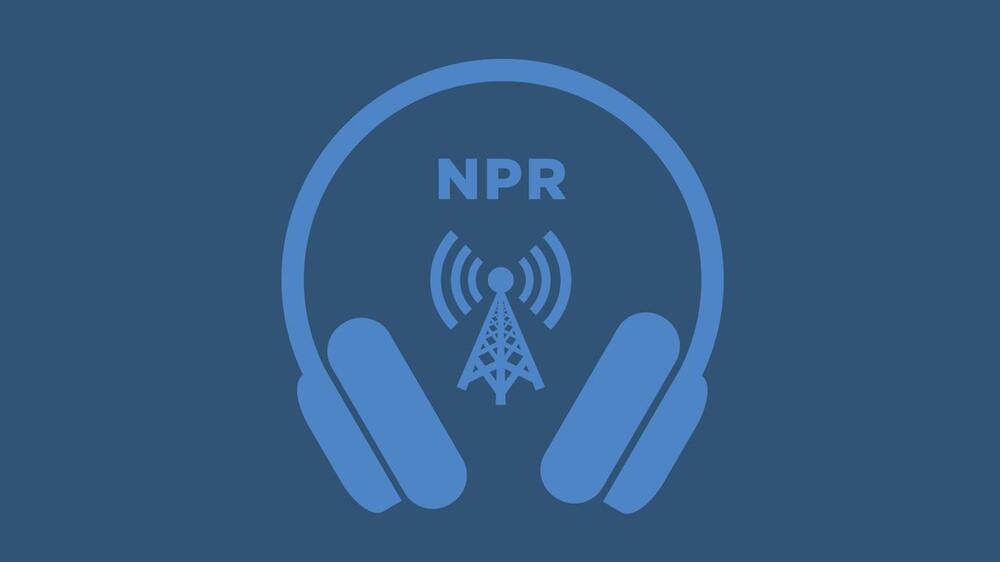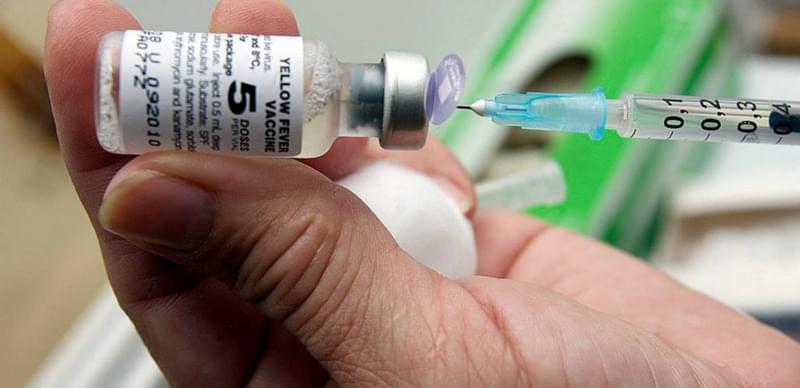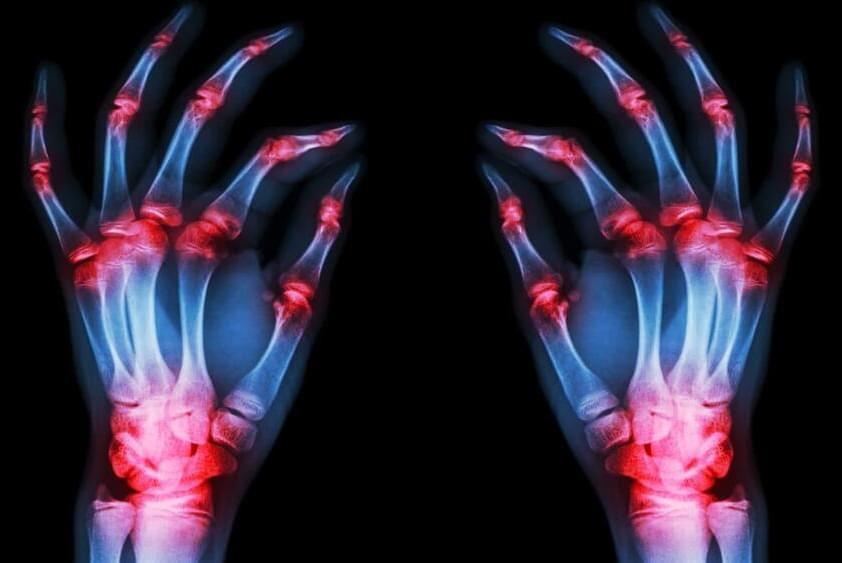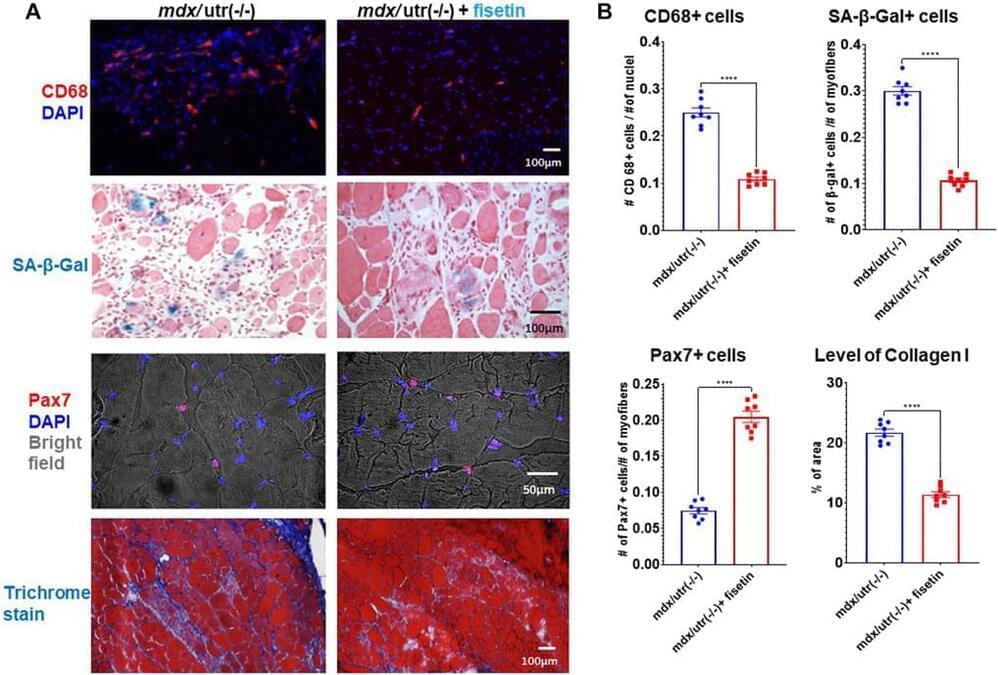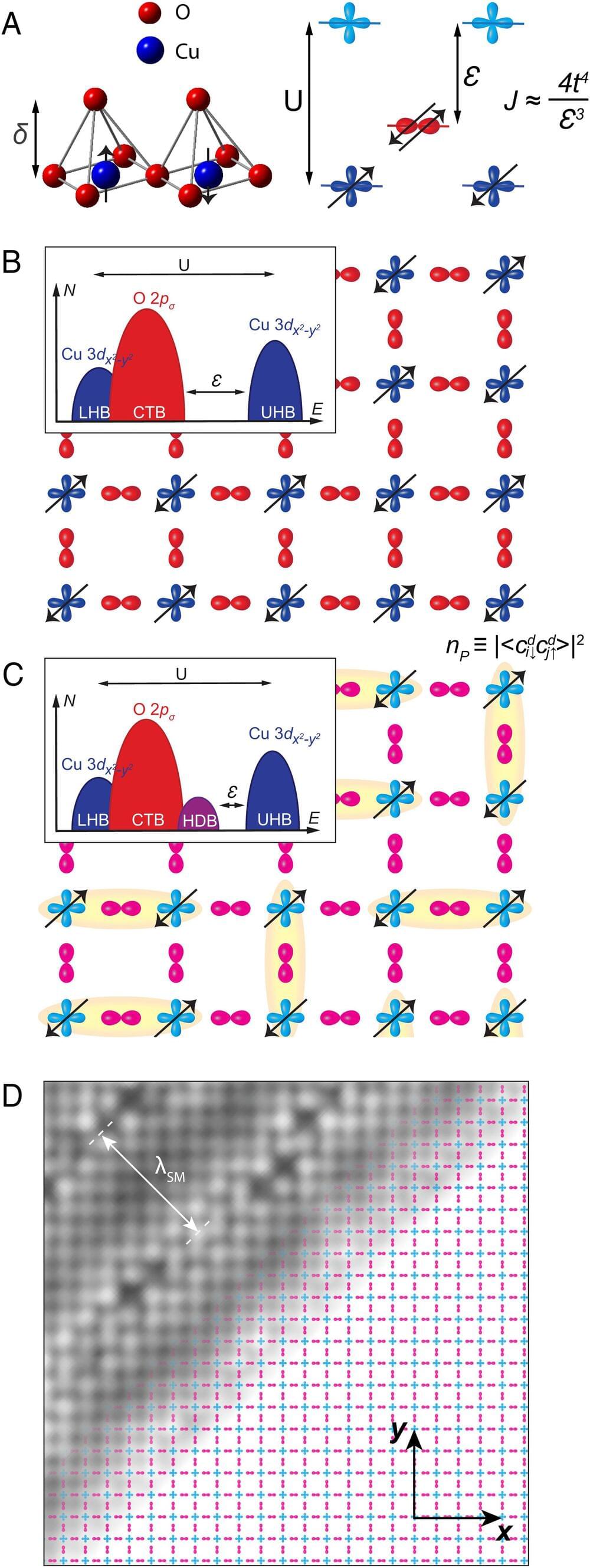Sept. 12 (UPI) — More than six in 10 patients with an advanced stage of a common type of skin cancer saw their tumors nearly or completely disappear when treated with immunotherapy before surgery — results likely to change how physicians target these cancers.
That’s according to the University of Texas MD Anderson Cancer Center, which reported the findings Monday at the European Society for Medical Oncology Congress 2022 in Paris.
Each year, about 1 million people in the United States are diagnosed with squamous cell carcinoma of the skin, and resultant tumors may affect the eyes, ears, nose and mouth.
